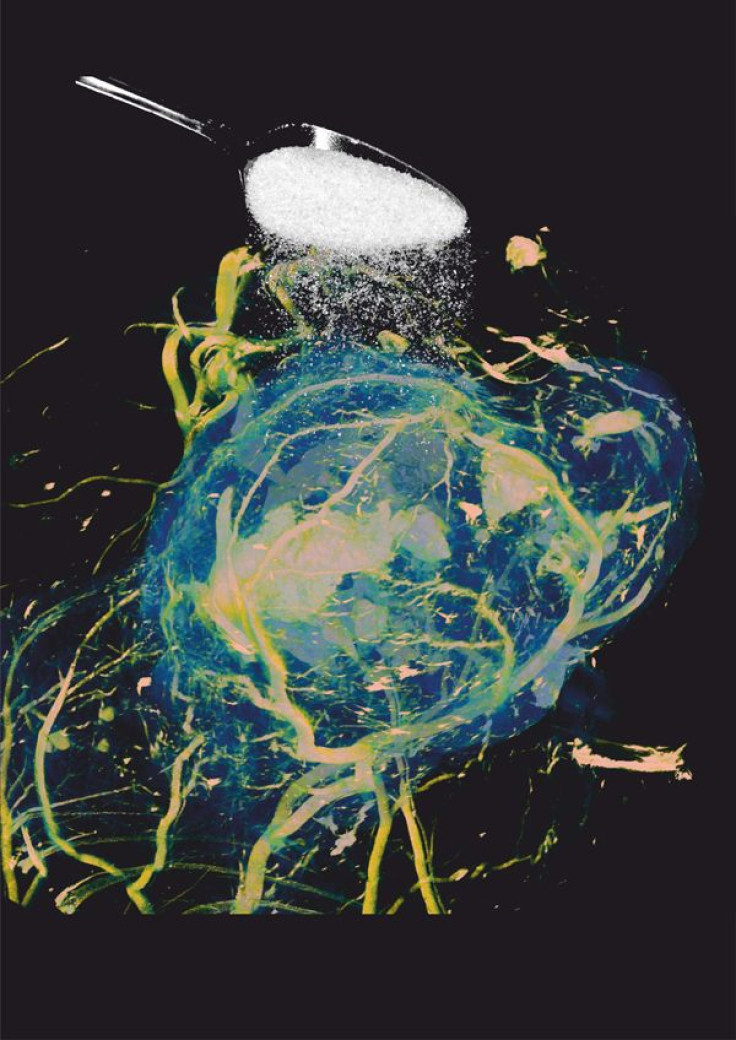A Tumor With A Sweet Tooth: Innovative MRI Technique Uses Sugar To Track Cancer

Just a spoonful of sugar is all doctors need to track tumors, thanks to a new magnetic resonance imaging (MRI) technique from scientists in the UK.
"We can detect cancer using the same sugar content found in half a standard sized chocolate bar," said senior author Professor Mark Lythgoe, the Director of Centre for Advanced Biomedical Imaging at University College London. His team's work was published today in Nature Medicine.
"Our research reveals a useful and cost-effective method for imaging cancers using MRI - a standard imaging technology available in many large hospitals."
The method takes advantage of the fact that cancer cells require more sugar than healthy cells in order to satisfy their higher energy demands. When cells consume sugar molecules, namely glucose, micro-fluctuations in magnetic energy occur. The UCL team figured out how to detect these tiny changes with a conventional MRI.
Using the technique, which they dubbed "glucoCEST", they were able to distinguish between two types of colon cancer in mice.
This is an exciting development because, unlike current methods, it doesn't require radioactively labeled agents. These compounds are expensive to engineer and, due to health risks, aren't always suitable for use with children or pregnant women.
"The method uses an injection of normal sugar and could offer a cheap, safe alternative to existing methods for detecting tumours, which require the injection of radioactive material," said lead researcher Dr Simon Walker-Samuel.
Relying on regular sugar could simplify the cancer detection process; thus, limiting the need of imaging specialists and making the scans more widely available.
Lythgoe concluded: "In the future, patients could potentially be scanned in local hospitals, rather than being referred to specialist medical centres."
Source: Walker-Samuel S, Ramasawmy R, Torrealdea F et al. In vivo imaging of glucose uptake and metabolism in tumors. Nature Medicine. 2013.



























